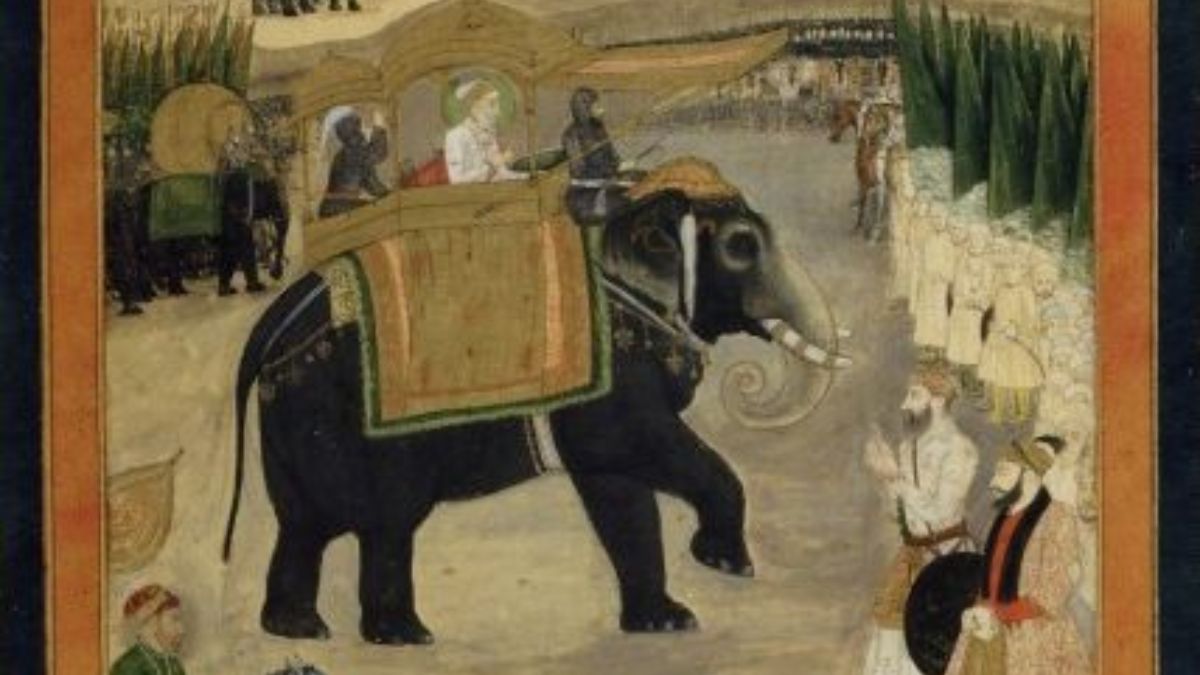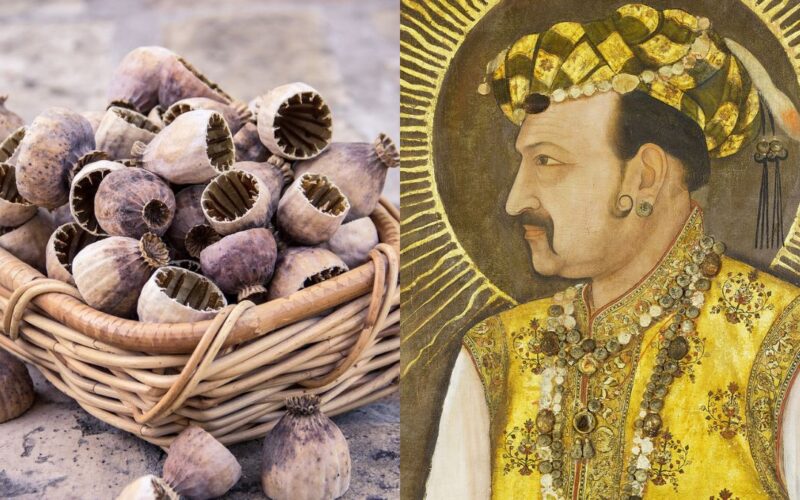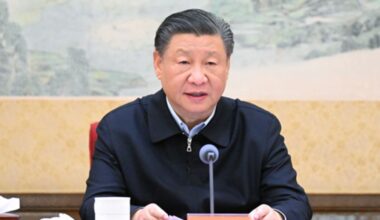The opulent courts of the Mughal Empire, with their grandeur and sophistication, often overshadowed a darker reality—the prevalent use of opium among Mughal emperors. While the Mughal era is celebrated for its cultural achievements and architectural wonders, the opium addiction that plagued several rulers remains a tragic and often overlooked aspect of their legacy. In this article, we delve into the historical accounts and narratives that shed light on the opium addiction of Mughal emperors, unraveling the complexities of substance abuse in one of the most illustrious dynasties in history.
Opium in Mughal Society: A Luxury and a Curse
Opium, with its sedative and euphoric effects, was not unfamiliar to Mughal society. Initially introduced for its medicinal properties, opium gradually found its way into the courts of Mughal emperors as a symbol of luxury and indulgence. What began as occasional use for pain relief or relaxation evolved into a widespread habit among the royal elite, leading to addiction and dependency over time.
Jahangir: The Opium Connoisseur
Among the Mughal emperors, Jahangir stands out as one of the most notorious opium users. Renowned for his love of art and poetry, Jahangir was also known for his excessive opium consumption. His memoirs, known as the “Tuzuk-i-Jahangiri,” contain numerous references to opium use, highlighting its integral role in his daily life. Despite attempts by his courtiers to curb his addiction, Jahangir’s dependence on opium remained unabated until his death.

Shah Jahan: From Taj Mahal to Opium Dependence
Shah Jahan, the visionary ruler behind the iconic Taj Mahal, also grappled with opium addiction during his reign. While Shah Jahan is best known for his architectural achievements, historical accounts suggest that he was not immune to the allure of opium. His prolonged grief over the death of his beloved wife, Mumtaz Mahal, is believed to have exacerbated his opium use, leading to physical and psychological dependence in his later years.
Aurangzeb: The Puritan Emperor
In contrast to his predecessors, Aurangzeb, known for his strict adherence to Islamic law, viewed opium with disdain. Despite his efforts to enforce moral and religious standards in Mughal society, opium use persisted among certain segments of the population. However, Aurangzeb’s ascetic lifestyle and emphasis on piety set him apart from his opium-indulgent predecessors, signaling a departure from the excesses of earlier Mughal rulers.
Legacy of Opium Addiction: Impact on Mughal Governance
The opium addiction that plagued Mughal emperors had far-reaching implications for the governance and stability of the empire. As rulers succumbed to the effects of opium, their ability to govern effectively was compromised, leading to administrative inefficiencies and political instability. The opium-fueled decadence of the Mughal courts also contributed to a decline in moral authority and societal cohesion, hastening the empire’s eventual decline.
Opium Trade: External Influences on Mughal Addiction
The opium addiction of Mughal emperors was further exacerbated by the flourishing opium trade with European powers, particularly the British East India Company. British merchants capitalized on the demand for opium in Mughal territories, flooding the market with the narcotic substance in exchange for valuable commodities. This influx of opium not only fueled addiction among the Mughal elite but also contributed to the economic exploitation of the empire by colonial powers.

Attempts at Reform: Challenges and Resistance
Efforts to address the opium addiction problem within the Mughal court were met with varying degrees of success and resistance. While some courtiers and advisors sought to curtail opium use through persuasion and moral suasion, others faced opposition from entrenched interests and vested stakeholders. The entrenched nature of opium addiction within the highest echelons of Mughal society presented formidable challenges to meaningful reform efforts.
Opium Addiction in Mughal Literature and Art
The opium addiction of Mughal emperors found expression in the literature, art, and poetry of the period, offering glimpses into the complexities of substance abuse in Mughal society. Poets and chroniclers of the time often depicted opium use in romanticized terms, blurring the lines between indulgence and tragedy. Artistic representations of opium dens and scenes of opium consumption reflect the pervasive influence of the narcotic on Mughal culture and aesthetics.
A Tale of Luxury, Tragedy, and Legacy
The opium addiction of Mughal emperors, while often shrouded in secrecy and myth, remains a poignant reminder of the human frailty that transcends historical epochs. From Jahangir’s opulent court to Shah Jahan’s grief-stricken twilight years, the specter of opium addiction cast a long shadow over the illustrious legacy of the Mughal dynasty. While the empire’s opium-induced decline may serve as a cautionary tale, it also underscores the enduring complexities of substance abuse and addiction in societies past and present. As we unravel the narratives of Mughal opium addiction, we confront the intersections of power, luxury, tragedy, and legacy that continue to shape our understanding of history and human nature.










